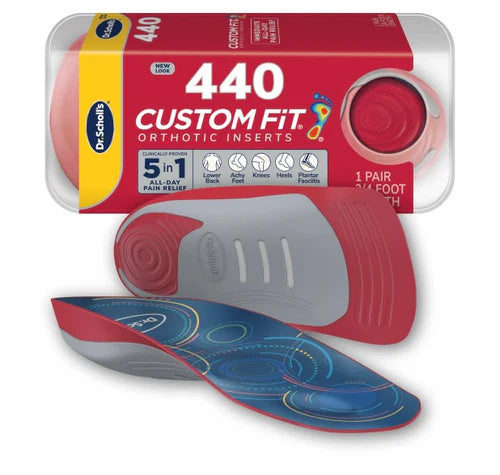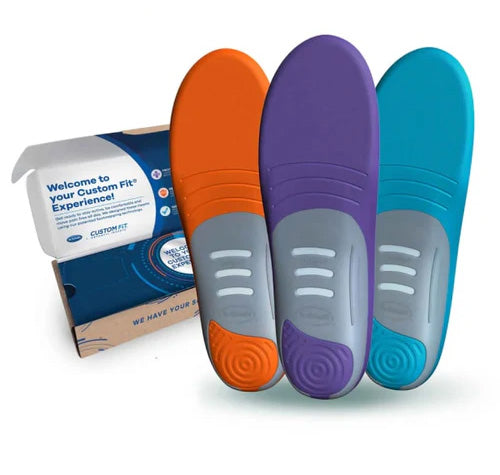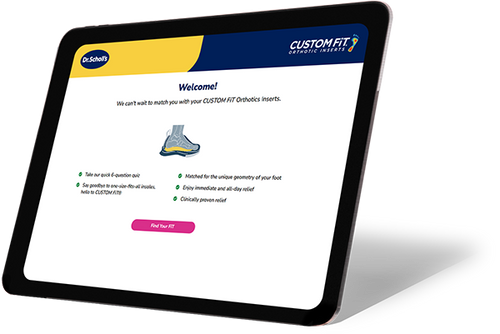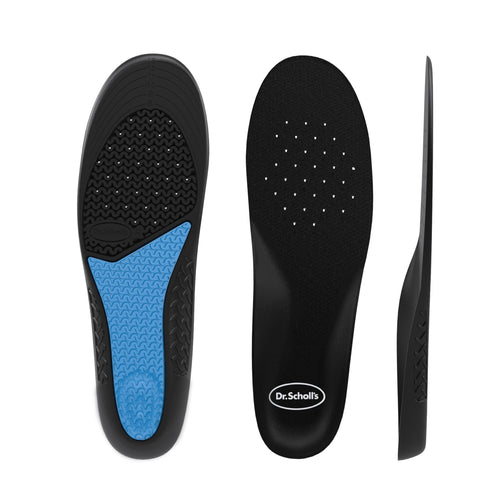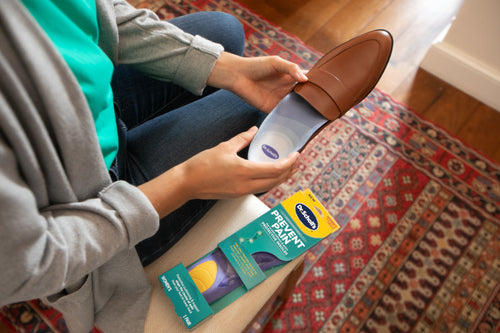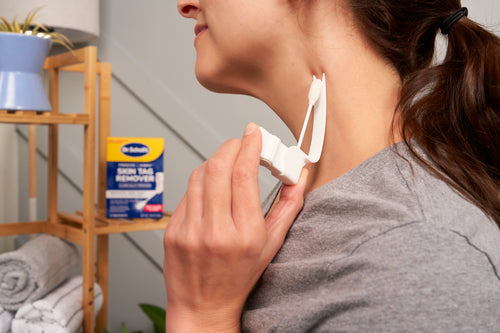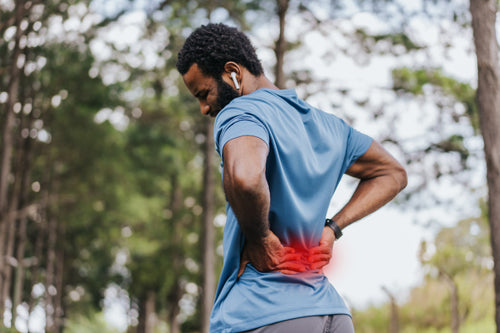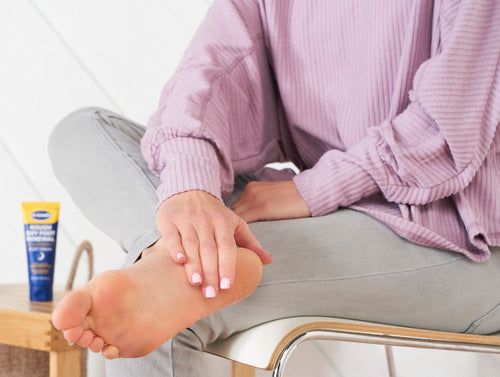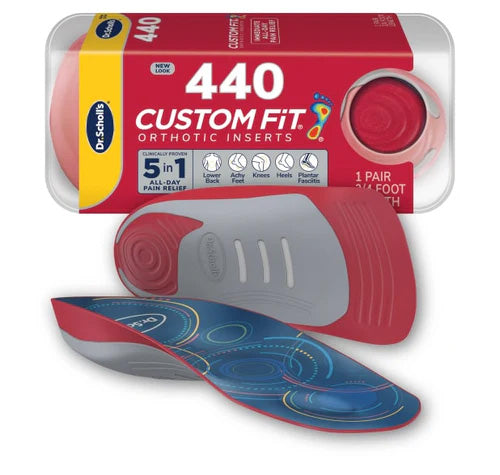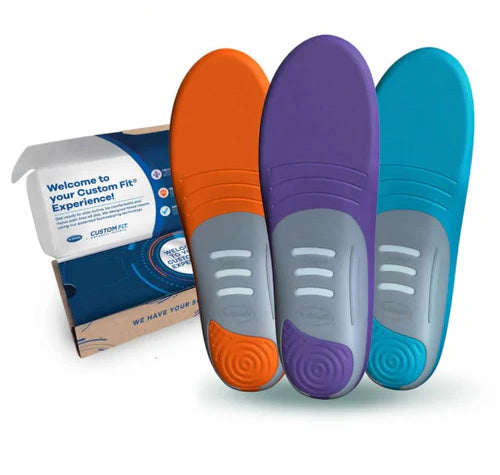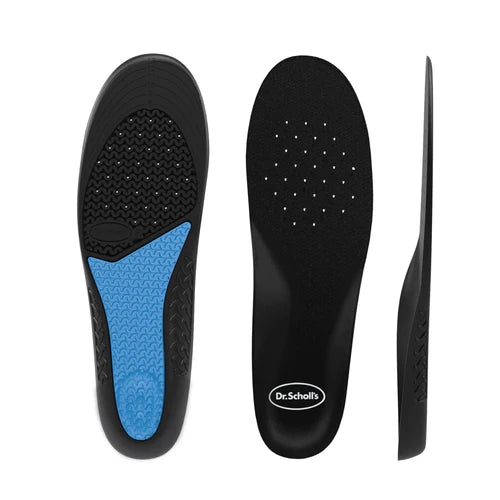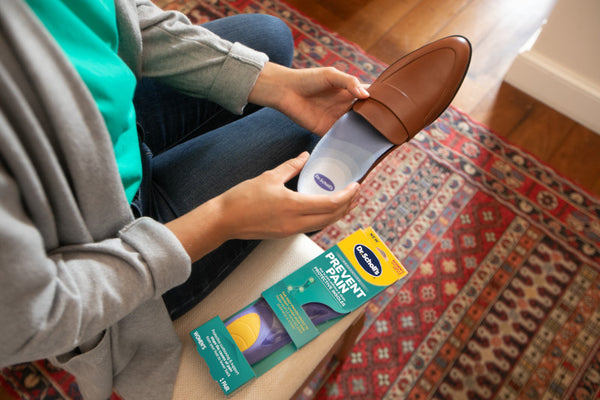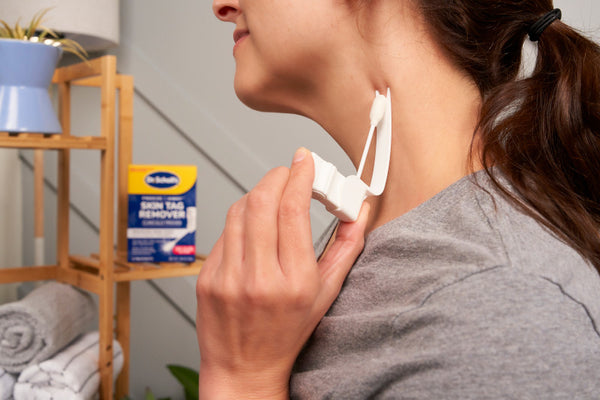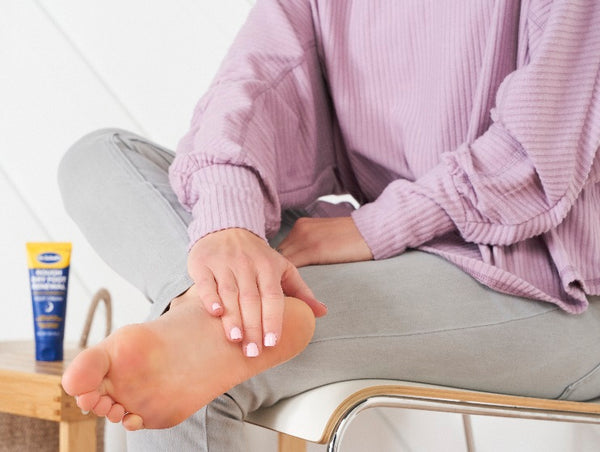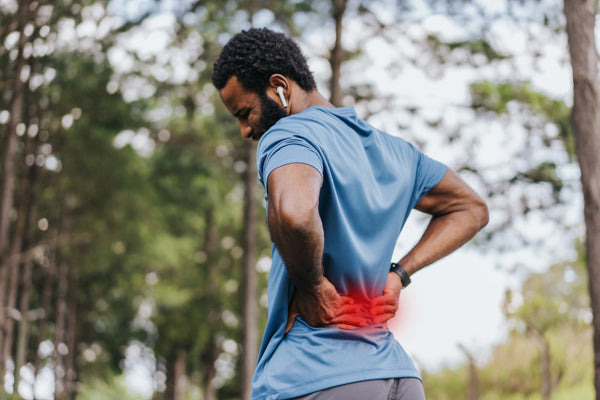The ball of the foot is the portion of the foot between your arch and toes, where bones called your metatarsals are located. As you walk, your weight is transferred from your heel to the ball of your foot, and if the weight is unevenly transferred to the metatarsals and over the ball of your foot, pain and swelling of the area can occur.
Pains associated with the ball of your foot can include:
- Sharp, burning, or aching pains
- Pain that worsens when you are on your feet (standing, walking, or running) and gets better with rest
- Sharp pain or unusual sensation in your toes
Frequently, painful calluses may also occur in the skin of that area.

